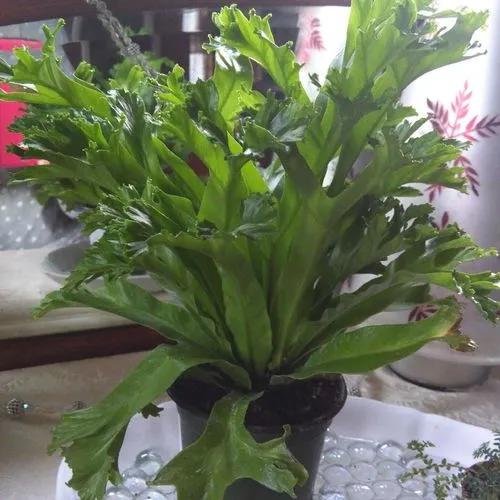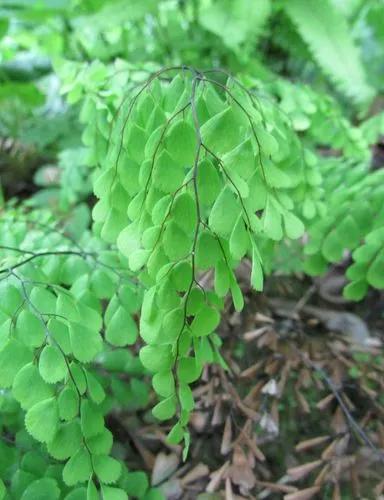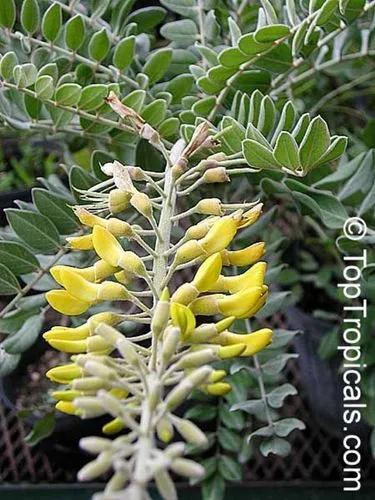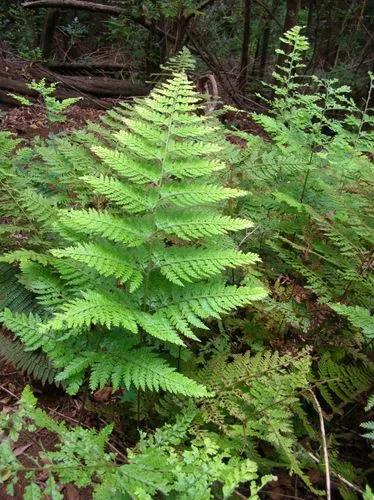Boston fern is a widespread fern species native to swampy, humid regions of South and Central America, Africa, and the West Indies. In North America, it is kept as a houseplant and is famous for being easy to maintain. It is also known under the name ‘sword fern.’
Boston Fern Care
Nephrolepis exaltata 'Bostoniensis'
Other names: Sword Fern



Nephrolepis exaltata is a tropical evergreen plant. It has alternate leaflets on both sides of the midrib. The pale-green fronds can grow up to 4 ft (1.2 m) long. This species will also send out long, thin stolons which root to form a new plant whenever they touch the ground.
How to Care for the Plant

Water

A good watering schedule is very important if you want your Sword fern to thrive. The soil should always be slightly moist. Your fern will “tell” you it’s thirsty when the leaves become yellow. Don’t forget to slightly reduce the amount of watering in cold and wet periods.

Pruning

Pruning isn’t necessary for this plant. You can remove dead fronds to strengthen the plant and make it keep a shape.

Fertilizer

Fertilization is necessary only from the early spring to fall. You can use a liquid houseplant fertilizer once a month at half strength (to avoid root burn).

Sunlight

Indoor placement of the Boston fern should include medium light. Keep it in a warm place away from direct sunlight, so the foliage doesn’t burn. If you grow your fern outside, choose a spot by a fence and provide some shade around the base of the plant.

Soil

Boston ferns adore loamy, lightweight soil. A peat-based ready mix from your local shop will be the perfect option for this plant.

Propagation

The most natural way for this plant is propagation by spores. However, most gardeners just divide the roots and put the new plants in separate containers. Once the roots are advanced out of the soil, you’ll know it's time to repot your plant. Repotting and propagation is done in the spring.

Temperature

The greatest temperature for Boston fern is 65-90 ͦ F (18-32 ͦ C). Even if it grows outdoors, the temperature should not be lower than 45 ͦ F (7 ͦC). Bring the plant indoors before the first signs of frost.

Container

You can plant Boston fern in pots of any material. The container should have proper drainage holes and be a little bit larger than the plant's root ball.

Fun fact

Boston fern became popular with the Victorians in the 1800s – they considered it a symbol of obedience and honesty.
The name “Boston” refers to the town where it was discovered after being previously sent from Philadelphia.

Popularity

105,469 people already have this plant 12,295 people have added this plant to their wishlists
Discover more plants with the list below
Related articles






